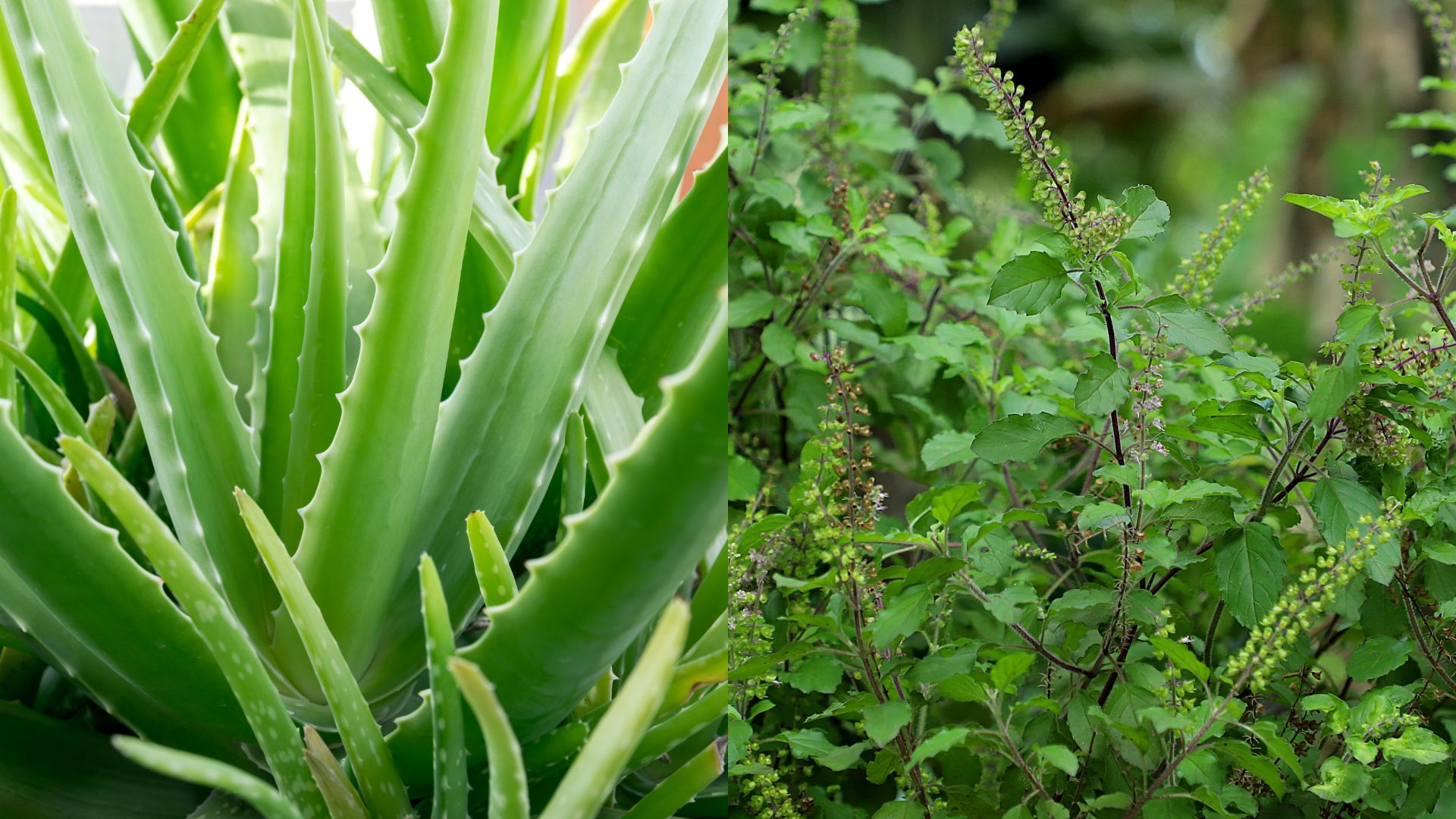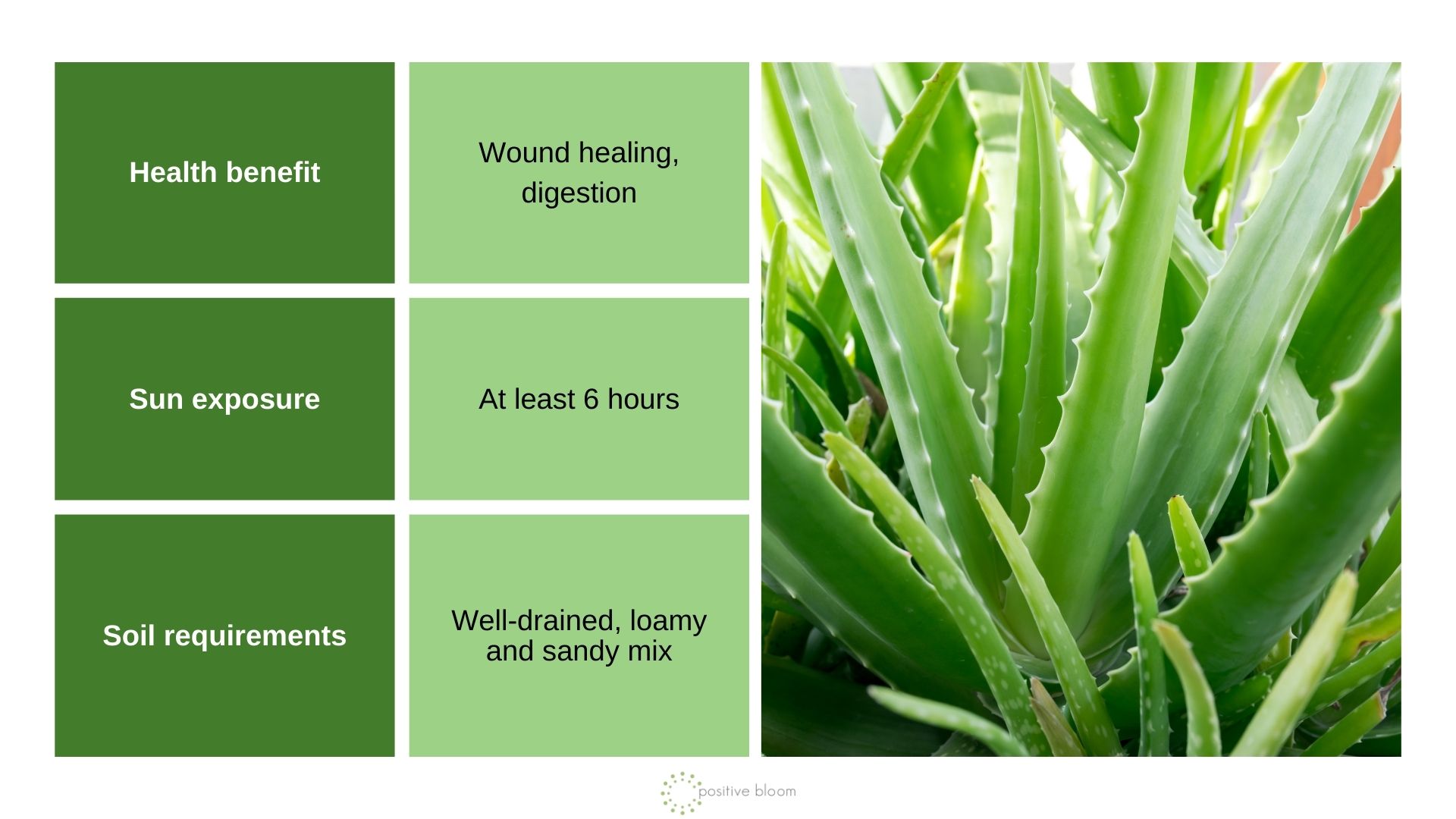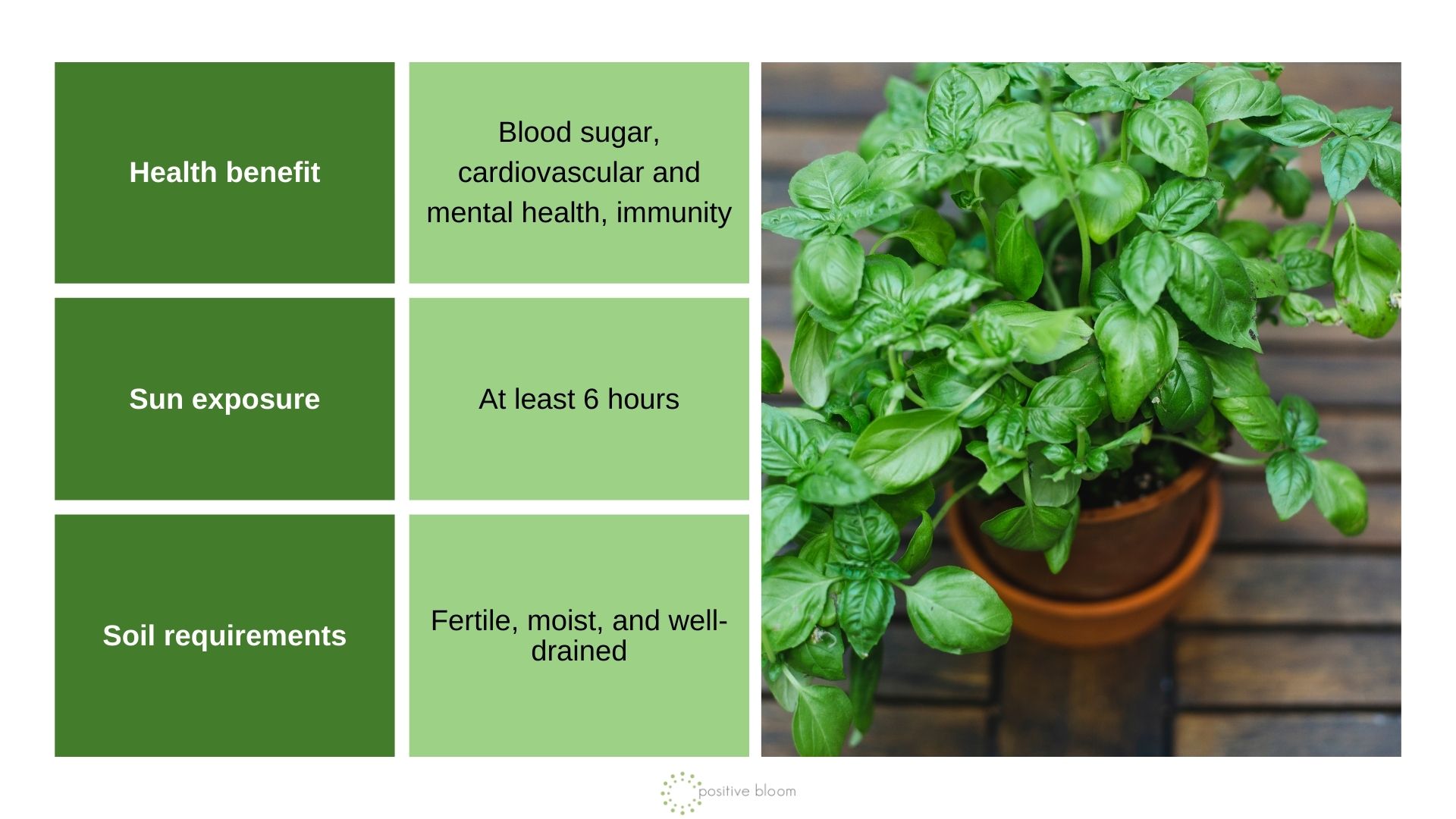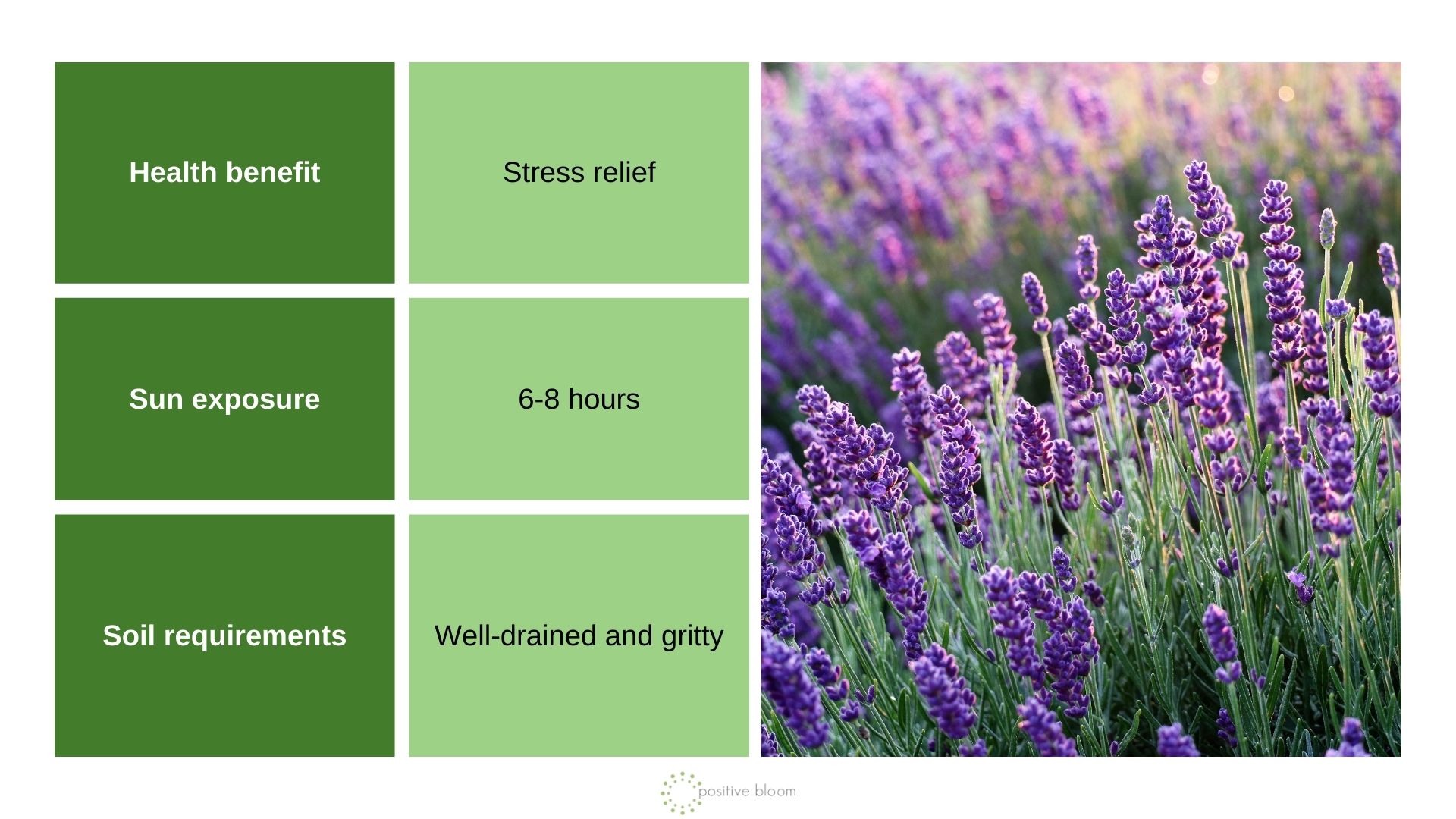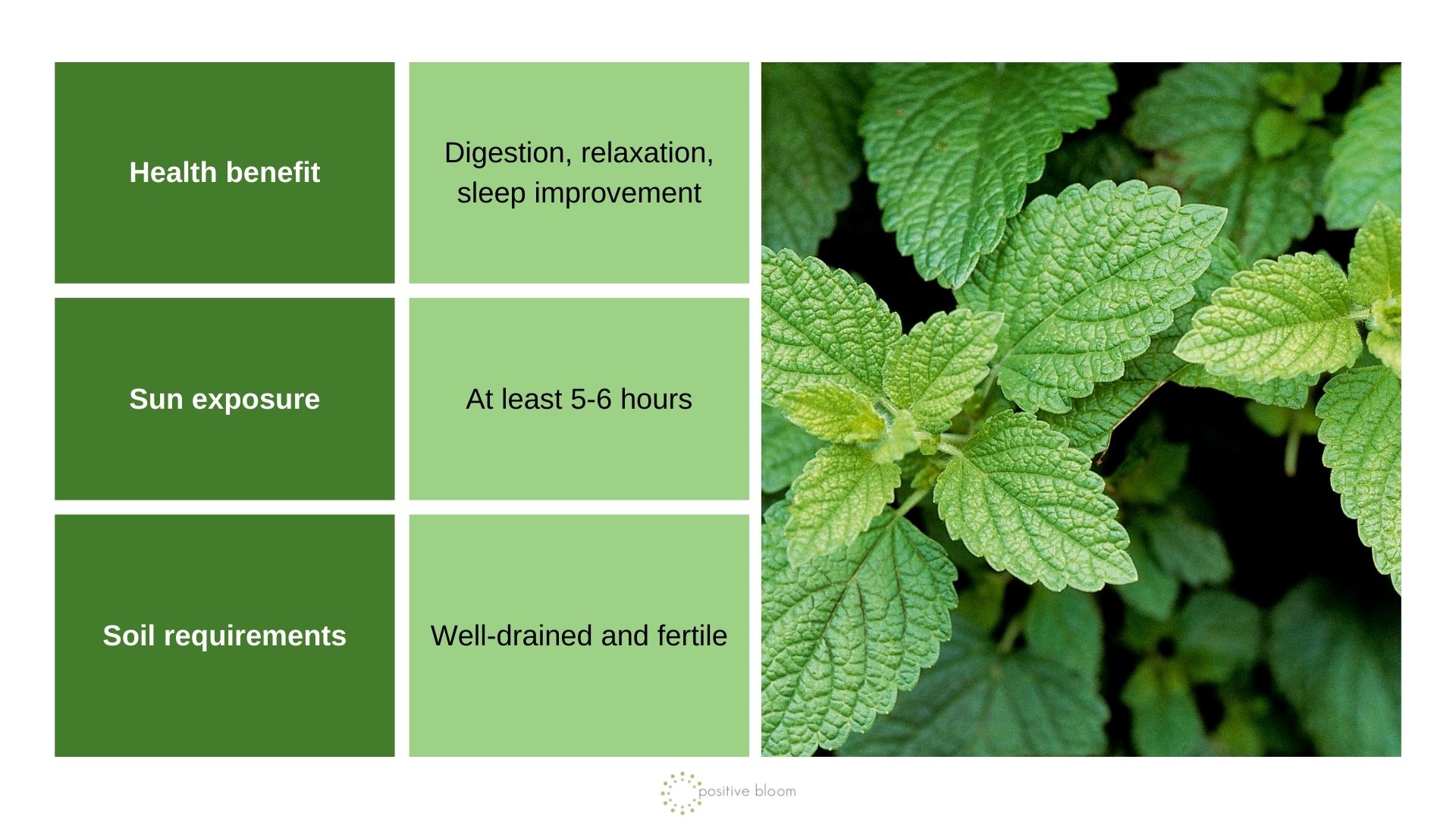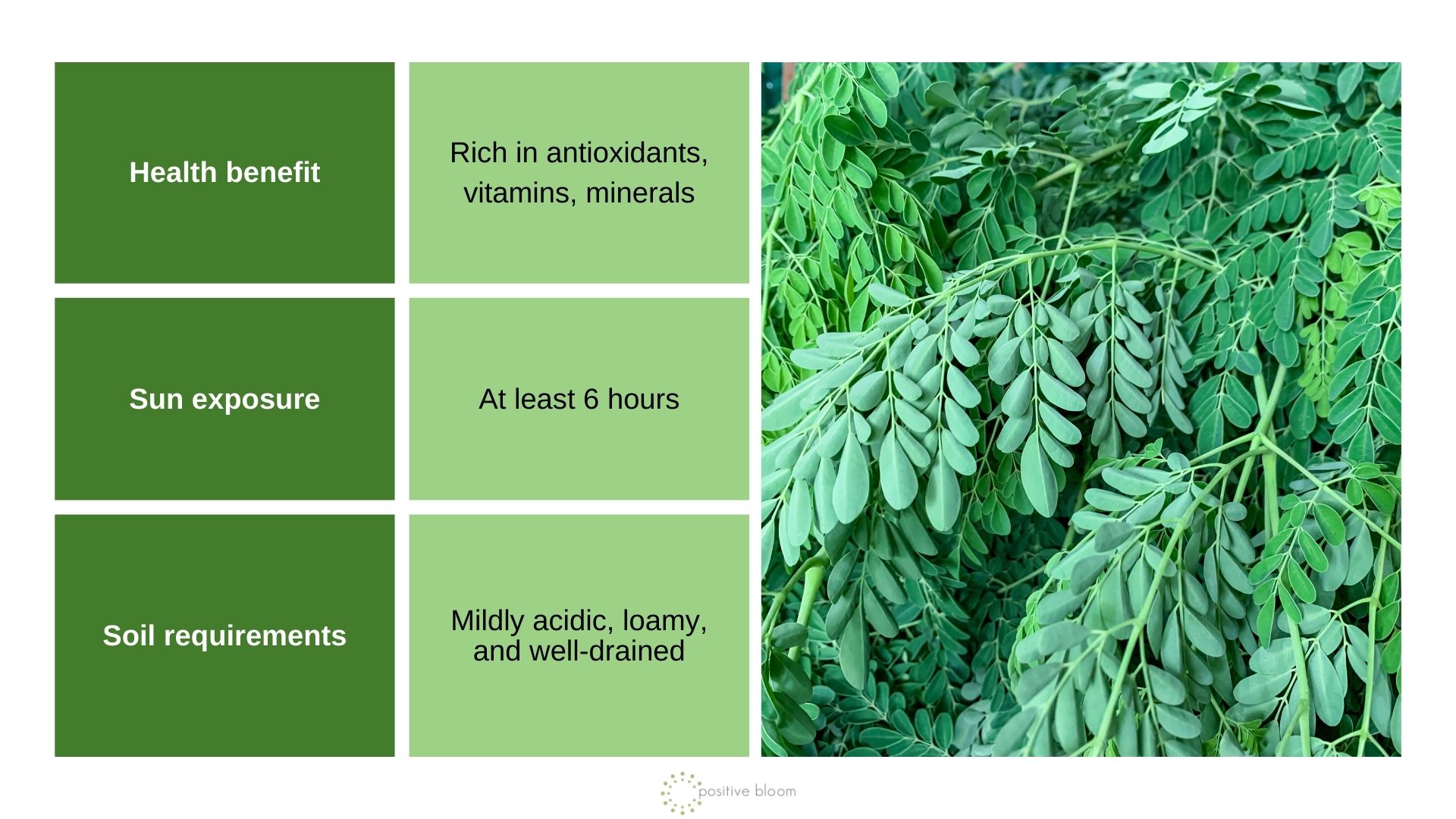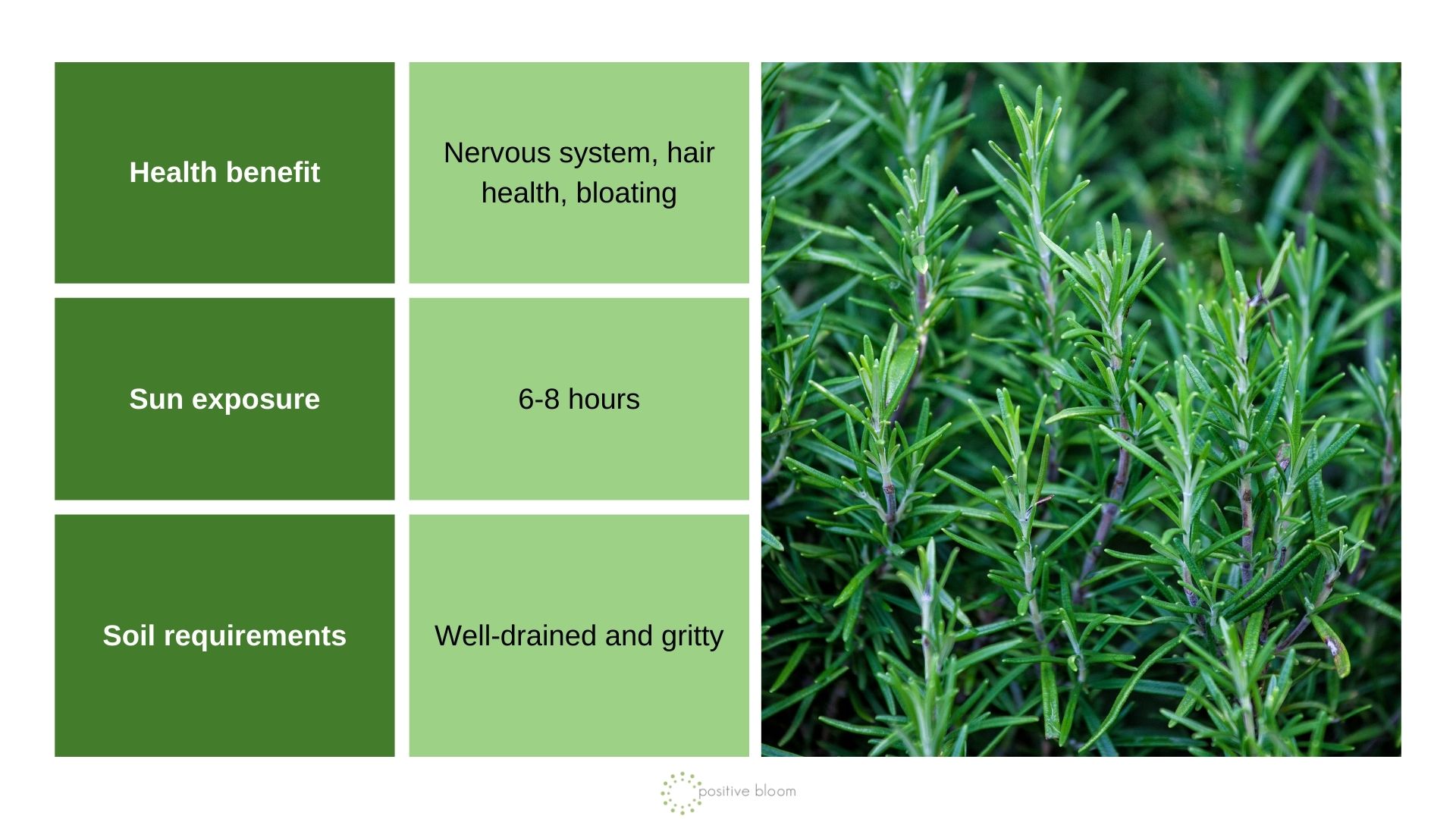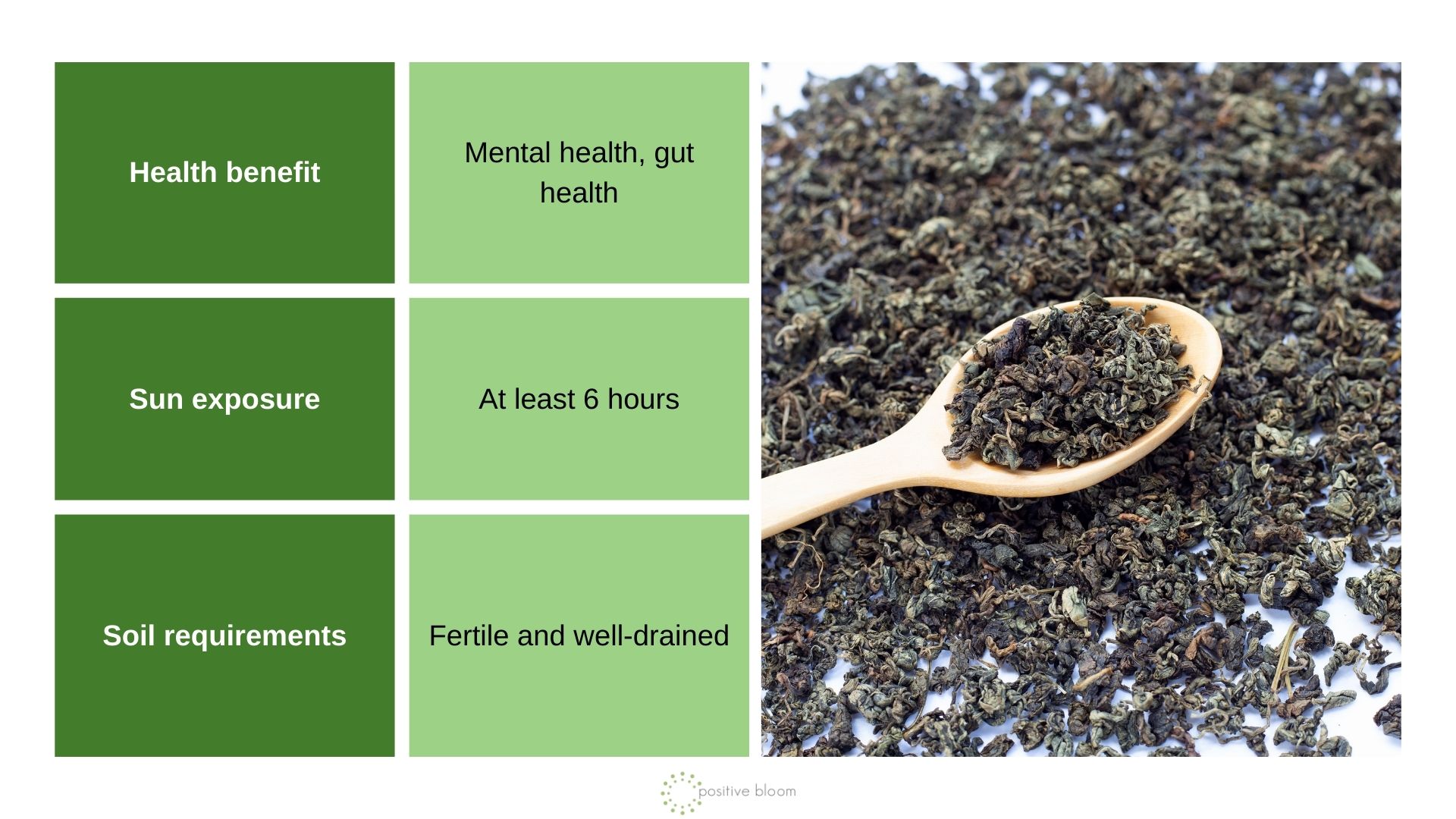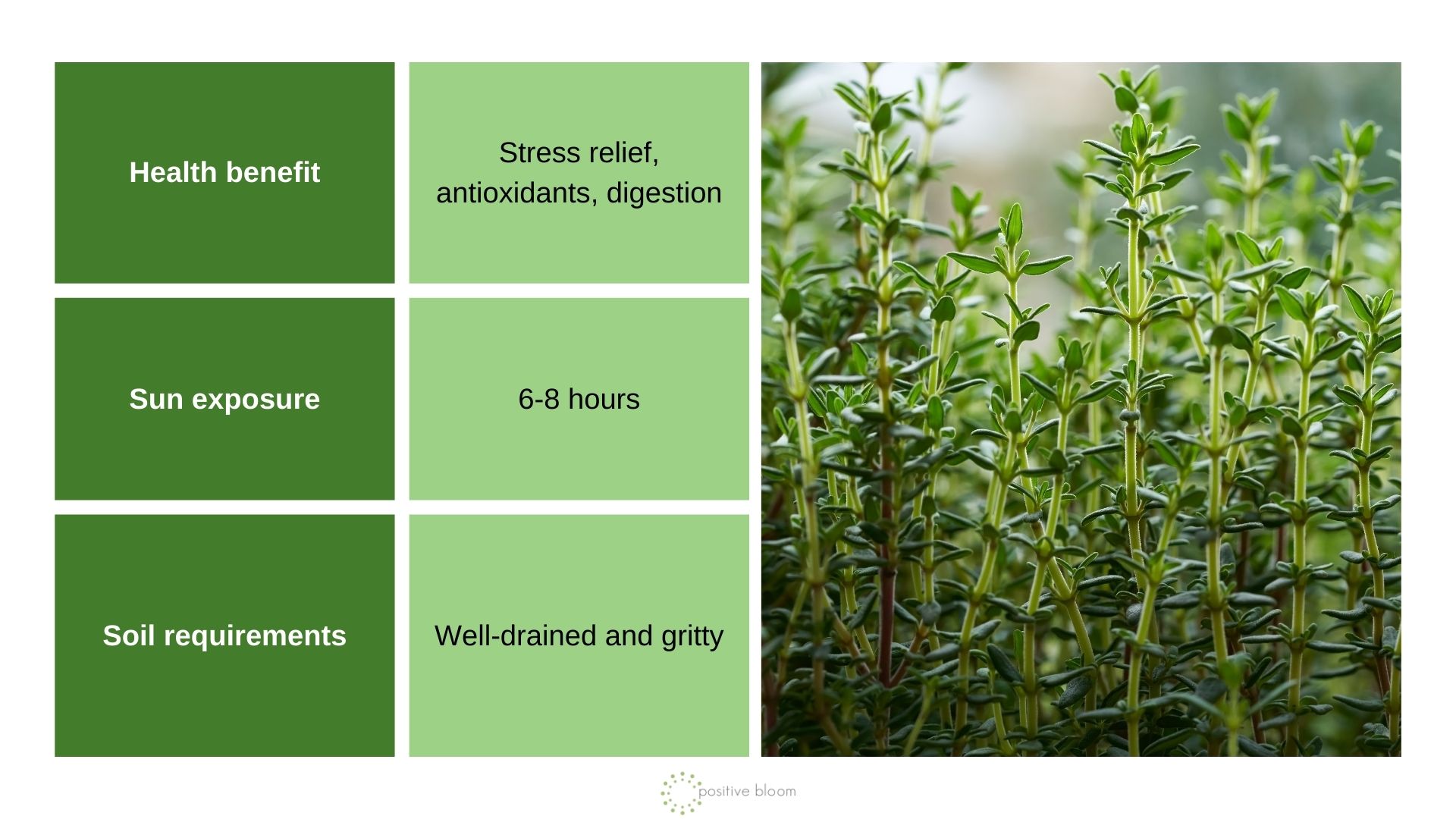I know we all enjoy the physical appearance of plants, but these creatures aren’t just for looking. There are also medicinal varieties that can improve your health by and large.
And I’m not just talking about aloe vera. It’s one of the most famous medicinal plants, but it’s not the only one!
Here you will find ten healing plants you can add to your home. They will invigorate you and your household.
Let’s get started!
Benefits Of Indoor Plants
There are many gardening health benefits, such as increased physical activity, but what about the plants themselves? Can they help us feel better?
Yes! Indoor plants improve cognition and lead to relaxation. But that’s not all they can do. Several studies found that houseplants can even increase academic performance and benefit blood pressure. (1)
And if that’s not enough to convince you to get yourself an indoor plant, here’s another advantage. Some plants can help you heal! They have medicinal properties that help with wound healing, stomach issues, sore throats, etc.
The best part about these plants is that most of them are herbs. That means you can make a relaxing cup of tea and spice up your dishes at the same time.
#1 Aloe Vera
There are some things everyone with an aloe should know. But the most important for us is that it has various health benefits.
It can help with sunburns and any type of wound healing. Aloe vera can help treat acne and has anti-inflammatory properties. It is an excellent antiseptic and it moisturizes the skin with an anti-aging effect. It also has laxative properties. (2)
The good news is that you can grow this plant indoors without any trouble. Expose it to as much light as possible and plant it in a succulent potting mix. Give it some water when the substrate dries out, and that’s it!
Use: Apply it to your skin or add it to your smoothies. But make sure it doesn’t contain latex (the yellow substance between the gel and leaf walls).
#2 Basil
We all use this herb when cooking, but did you know that it also has many health benefits?
Basil can improve blood sugar, cardiovascular health, immunity, and mental health. It contains a lot of antioxidants which help keep us safe from cancer, heart diseases, and inflammation. (3)
Make sure you expose this plant to plenty of sunshine or use grow lights to supplement it. Water it whenever the topsoil dries out. And learn how to harvest basil so that you don’t have to constantly replant it.
Use: Aside from adding it to your dishes, try making a basil tea to reap all the benefits.
#3 Lavender
Not everyone enjoys lavender’s fragrance. But if you do, know that it comes with interesting benefits.
Its mere scent can help relieve stress and anxiety. Yet, that’s not all this super plant can do. Lavender supports healthy sleep, reduces inflammation and pain, and destroys viruses and bacteria. (4)
Sometimes, a single plant won’t do. Luckily, you can supplement it with lavender essential oil and increase its benefits.
The good news is that growing lavender inside your home isn’t that hard. Place it near your brightest window or turn on your artificial lights. Keep it in a pot with drainage holes and a well-draining substrate.
Make sure the temperatures inside are warm and there’s no draft. And water it only when the top part of the growing medium dries out.
Use: Use it in baths, soaps, cakes, or make tea out of its leaves! But don’t add too much to your dishes because it can taste soapy.
#4 Lemon Balm
This herb belongs to the mint family. And like any other member of this group, it has calming properties.
Lemon balm can reduce anxiety and improve sleep, help with cold sores caused by herpes, and improve digestion. Some studies even found that it may increase cognitive function. (5)
What I love about this herb is that it can thrive indoors. The only issue is lighting. Place it on your brightest windowsill or keep it under grow lights 10-12 hours per day.
Irrigate your lemon balm when the top part of the soil dries out. On occasion, feed it with a diluted fertilizer.
Use: Harvest the leaves and brew them into tea. You can also use this herb in salads and syrups.
#5 Mint
Whenever I had stomach pain as a child, my mom brewed me a cup of mint tea. And it did help, in addition to being delicious!
Mint is full of antioxidants. That’s why it can help prevent cancer and protect from heart diseases. Also, it is antimicrobial, anti-obesity, anti-diabetic, and anti-inflammatory. (6)
Combine all this with its low toxicity and high effectiveness, and you get a real weapon against diseases.
But the best part of this plant is its growth habit. It can thrive indoors, so you don’t have to tend to it a lot. Ensure it has plenty of sunlight and water, and it will flourish.
Learn how to harvest mint the right way to encourage its growth and get high yields.
Use: Brew dry mint leaves into tea or add fresh or dried ones to your dishes.
#6 Moringa
Aside from being packed with nutrients, moringa has many health benefits. It contains many antioxidants. These keep us safe from oxidative stress, which increases the risks of inflammations, diabetes, ulcer, cancer, etc.
Moringa is a tree, so you’ll have to repot it into larger containers as it grows. The best practice is to keep it outdoors throughout the year and bring it indoors in winter.
Make sure the growing medium is moist, but never wet.
Use: Add moringa leaves to your dishes, smoothies, and homemade juices. Or use them to make tea.
#7 Oregano
Oregano is the classic pizza, sub, and pasta ingredient. But did you know that this herb can also help you feel better?
This herb is full of antioxidants. That means it can relieve inflammation, benefit the cardiovascular and nervous systems, and regulate blood sugar. (8)
Of course, there’s need for more research, but these indications are pretty powerful, don’t you think?
Oregano can also relieve digestive problems. It is one of the carminative herbs after all.
Keep this plant in full sun and discover the best way to harvest oregano. It will promote new growth and maintain overall plant health.
Use: Use fresh or dried leaves in your dishes or brew them into tea.
#8 Rosemary
Rosemary is the king of herbs. It tastes amazing and can keep you healthy for years to come.
This herb has many benefits for the nervous system. It relieves stress and anxiety, reduces pain, improves sleep, and improves memory and learning.
Rosemary also contains antioxidants. This indicates that it can reduce the risk of cancer, inflammation, heart diseases, etc. (9)
Rosemary tea can help with bloating, so don’t skip out on it. And it can promote hair growth. (10)
Growing rosemary indoors isn’t that demanding. Expose it to warm temperatures and plenty of sunlight, and it will thrive.
Use: Add it to your dishes or brew it into tea. Use rosemary water on your hair or try rosemary essential oil.
#9 Sweet Tea Vine (Jiaogulan)
Sweet tea vine has incredible benefits for your gut health. It encourages the growth of healthy bacteria. (11)
But that’s not all. Jiaogulan has many compounds with anti-cancer, anti-obesity, anti-oxidation, and anti-inflammatory properties. It can reduce blood sugar, liver diseases, and protect the brain from neurodegenerative diseases. (12)
It isn’t the best houseplant, but you can make it work with a few accommodations. Expose it to plenty of sunlight or use grow lights at least 12 hours a day.
Use: Brew jiaogulan leaves into tea.
#10 Thyme
There are many thyme varieties you can grow. Luckily, they all have similar health benefits.
This herb is rich in antioxidants. That means it can protect against cancer and inflammations. Other vitamins and minerals it contains act as stress relievers. (13)
Thyme is a carminative herb and can relieve intestinal cramps and bloating.
Like other Mediterranean herbs, thyme needs plenty of light. Keep it under grow lights most of the time if you don’t have a bright window.
Plant it in a container with drainage holes filled with well-drained substrate. This will prevent overwatering and keep your thyme healthy and thriving.
Use: Add the needles or whole branches to your dishes. Or pour water over them to brew a cup of tea.
References:
1. Han, K. T., Ruan, L. W., & Liao, L. S. (2022). Effects of Indoor Plants on Human Functions: A Systematic Review with Meta-Analyses. International Journal of Environmental Research and Public Health.
2. Surjushe, A., Vasani, R., & Saple, D. G. (2008). Aloe Vera: A Short Review. Indian Journal of Dermatology.
3. 5 Health Benefits of Basil (2023). Cleveland Clinic: Health Essentials.
4. How Lavender Can Improve Your Health (2021). Cleveland Clinic: Health Essentials.
5. Lemon Balm (n.d.). Mount Sinai.
6. Tafrihi, M. et. al. (2021). The Wonderful Activities of the Genus Mentha: Not Only Antioxidant Properties. Molecules.
7. Islam, Z. (2021). Moringa oleifera is a Prominent Source of Nutrients with Potential Health Benefits. International Journal of Food Science.
8. Singletary, K. W. (2010). Oregano: Overview of the Literature on Health Benefits. Nutrition Today.
9. Rahbardar, R. & Hosseinzadeh, H. (2020). Therapeutic Effects of Rosemary (Rosmarinus officinalis L.) and Its Active Constituents on Nervous System Disorders. Iranian Journal of Basic Medical Sciences.
10. Panahi, Y., Taghizadeh, M. Tahmasbpour Marzony, E., Sahebkar, A. (2015). Rosemary Oil vs Minoxidil 2% for the Treatment of Androgenetic Alopecia: A Randomized Comparative Trial. SKINmed, Dermatology for the Clinician.
11. Huang, G., Yasir, M., Zheng, Y., & Khan, I. (2022). Prebiotic Properties of Jiaogulan in the Context of Gut Microbiome. Food Science and Nutrition.
12. Su, C. et. al. (2021). Progress in the Medicinal Value, Bioactive Compounds, and Pharmacological Activities of Gynostemma pentaphyllum. Molecules.
13. Halat, D. H., Krayem, M., Khaled, S., & Younes, S. (2022). A Focused Insight into Thyme: Biological, Chemical, and Therapeutic Properties of an Indigenous Mediterranean Herb. Nutrients.

